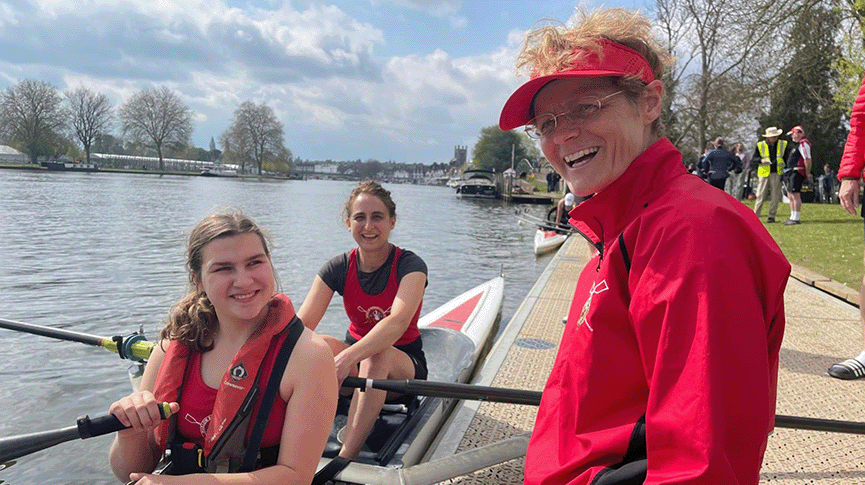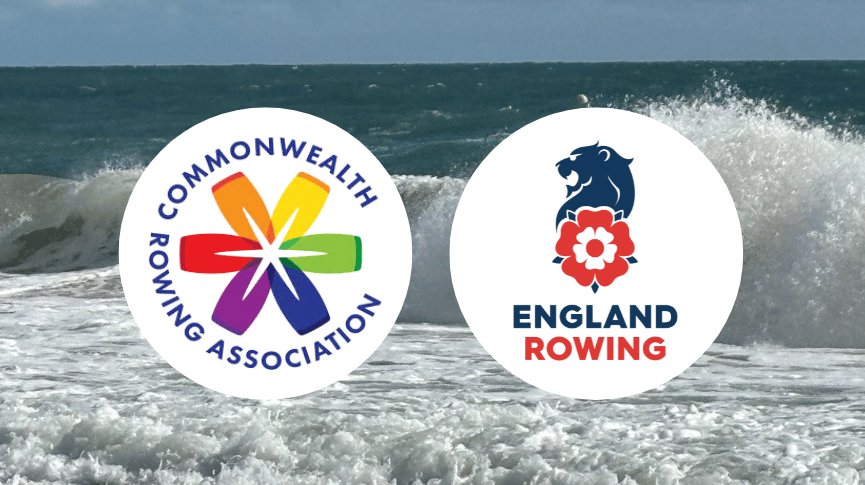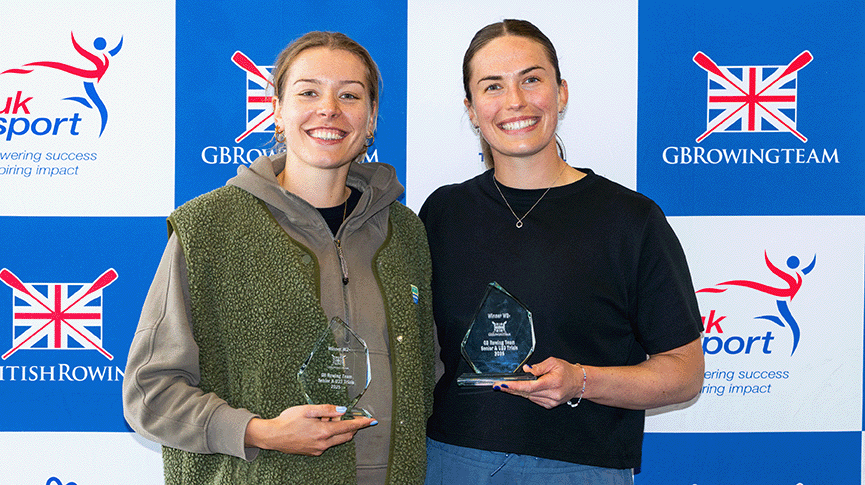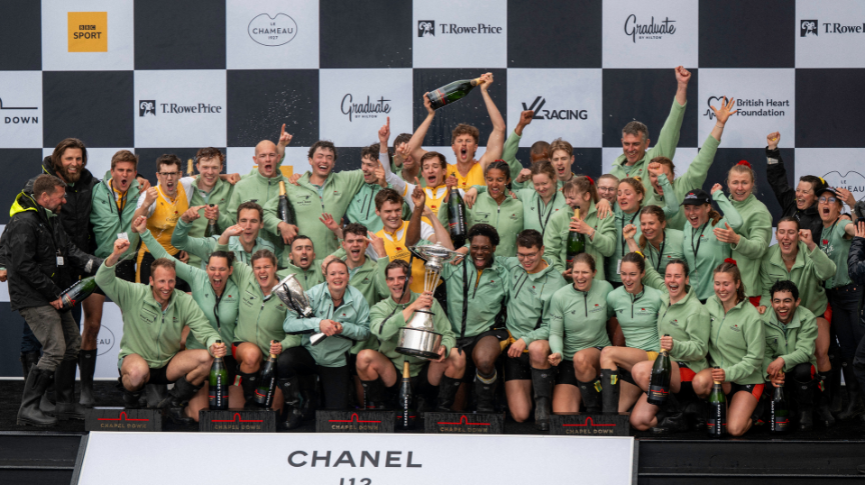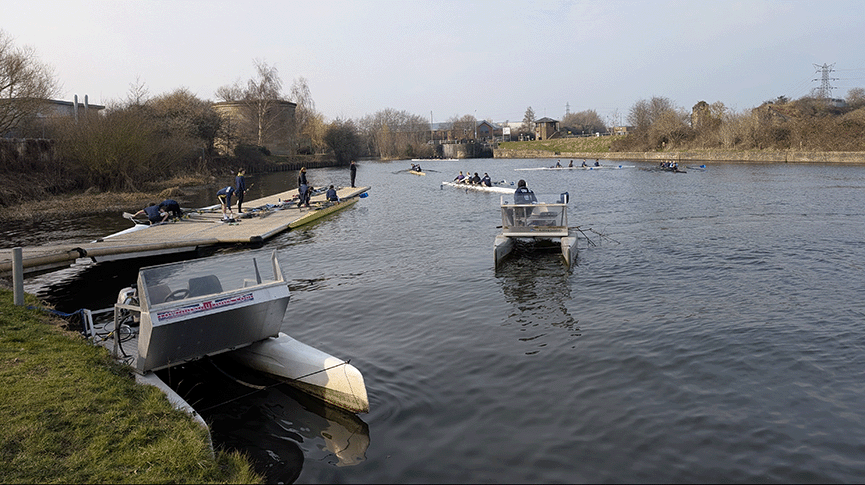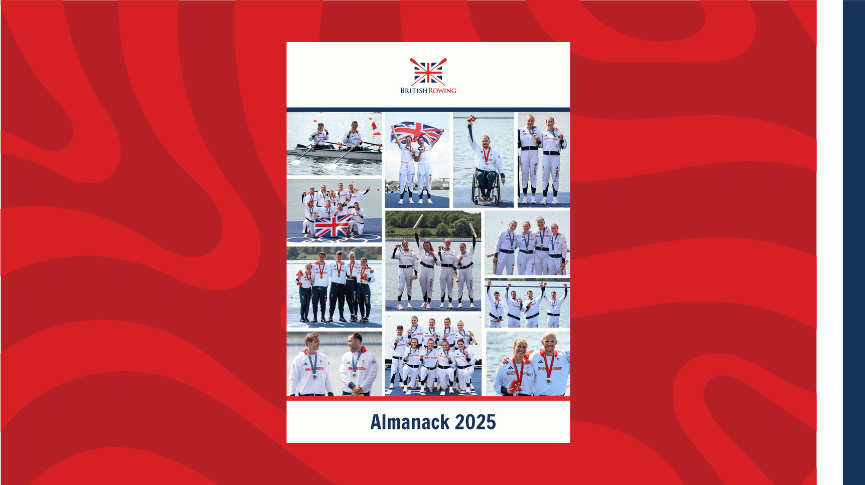The science behind training patterns for elite rowers
The GB Rowing Sports Science Team reviews research into elite training patterns – what can we learn from this?
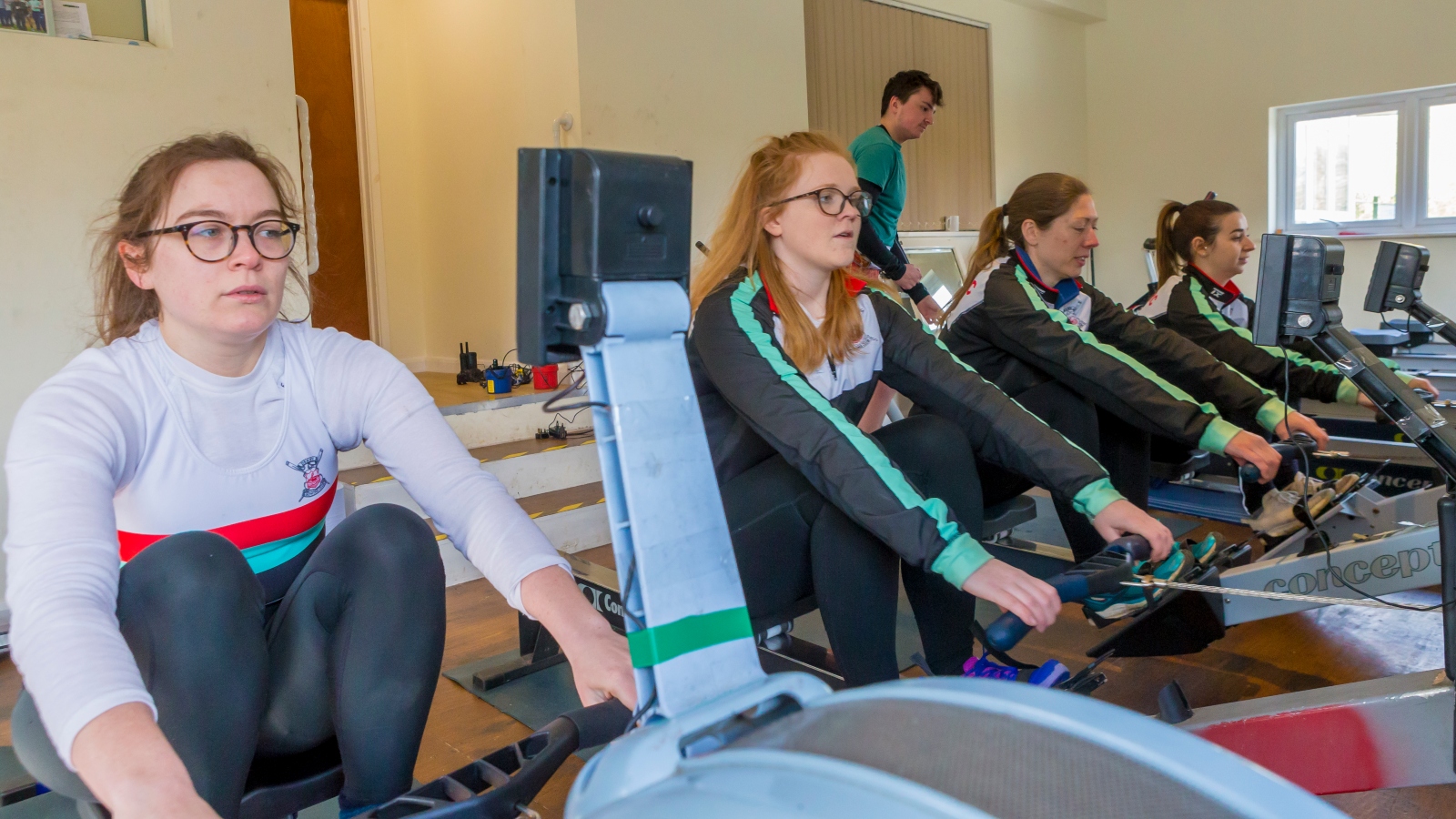
Pre-lockdown training at Derby RC (c) Drew Smith
Elite rowing training data is normally limited to anecdotal evidence – “The Italian programme is all intensity” or “When the Kiwi pair were at Leander they….” – and a limited number of published case studies. While such data is unlikely to give too much away, it does provide a quantitative account of what is happening in elite programmes.
Rare insights into elite training practice highlight the evolution of training methodology that, despite frequent deviations, seems to return back to the success of high volume/low intensity training and the short/long term benefits it provides.
But refreshingly for rowers with less time to train, research also seems to indicate that you don’t need to train harder if you only have a certain amount of free time. Lower intensity training might work just as well.
One study[1] compared a 12 week (approximately 100km/w) low intensity programme with a 70/30% mix of low/threshold training. This found that, regardless of group, there were similar improvements in performance – with the low intensity group showing increased signs of efficiency. It suggests that a voluminous approach is still effective and lower risk than a high intensity model, despite lower total mileage.
I think the effect of volume training has benefits for all rowers
For those with more time to train at higher mileages, research indicates that elite rowing programmes have developed into a polarised model with the majority of rowing and aerobic cross-training completed at low intensities – below anaerobic threshold. A small percentage of work is completed at very high intensities – above the anaerobic threshold – with little work done at an intensity equal to anaerobic threshold.
In 2011, a report[2] was published on a Croatian world champion crew. The findings included their training over six years from “maturation to elite status”. The crew completed 116km (2009) and 124km (2010) of on-water rowing alongside 1.4 land based and 2.4 weights sessions per week.
Meanwhile a case study of an Olympic champion[3] recorded 119km per week (alongside 0.9 cross-training and 1.6 resistance endurance strength sessions) during the 1999 season, and 142km per week during the 35 weeks preceding the Sydney 2000 Olympic Games.
A similar pattern of training was identified during a study of the elite junior German national rowing team[4] with 71% of training at low-intensity corresponding to a blood lactate concentration under 2mmol∙l-1. The remainder of training was conducted at a blood lactate concentration of 2-4mmol∙l-1 (21%) and above 4mmol∙l-1 (8%).
The benefits of low intensity training for those not able to dedicate 20+hrs per week to training is really interesting
The authors also analysed athletes with international and national success, but found no differences in their training frequency, volume or total intensity distribution.
However, a statistically significant difference was recorded in the intensity distribution of specific rowing endurance training. Results suggested that the more successful rowers demonstrated a more distinct polarisation – i.e. more distance at the lowest and highest training intensities and less distance in the middle.
The authors speculate that this may be due to effective ‘intensity management’ discipline in order to avoid overstress.
Dr Mark Homer explores learning points from the science
1 – What level rowers can benefit most from this research?
MH: I think the effect of volume training has benefits for all rowers: resisting a high intensity session due to a small time-frame and opting for a steady-state session can be effective and reduce the risk of injury and illness.
2 – Any specific advice for junior rowers and coaches here?
MH: This starts to become relevant when a rower reaches J15/16 and is learning to ‘train properly’ as per the ‘How much and how often?’ document and other advice available online here.
3 – What do you think is most interesting about the research papers mentioned in the piece?
MH: For me, the benefits of low intensity training for those not able to dedicate 20+hrs per week to training is really interesting – it counters the idea that you need to train harder if you train less.
4 – Is there any other research being done in this area at the moment?
MH: Published research in this area is limited. Dr Stephen Seiler, a sports scientist based in Norway, often produces some really interesting work concerning training distribution. He delivered a presentation on the latest developments in the topic at the University of Kent – watch it here.
Take it further – the references
- Ingham et al (2008) Physiological and performance effects of low versus mixed intensity rowing training.
- Mikulic P. (2011) Maturation to elite status: A six-year physiological case study of a world champion rowing crew.
- Lacour et al. (2009) Physiological correlates of performance. Case study of a world-class rower.
- Guellich et al (2009) Training methods and intensity distribution of young world class rowers.
This article was written by Dr Mark Homer, former Sport Scientist – Physiology at British Rowing


